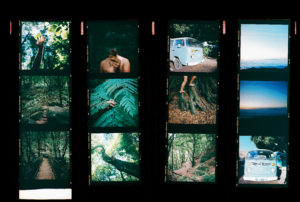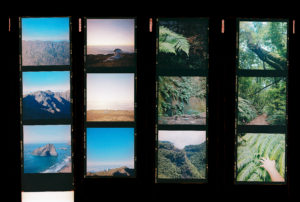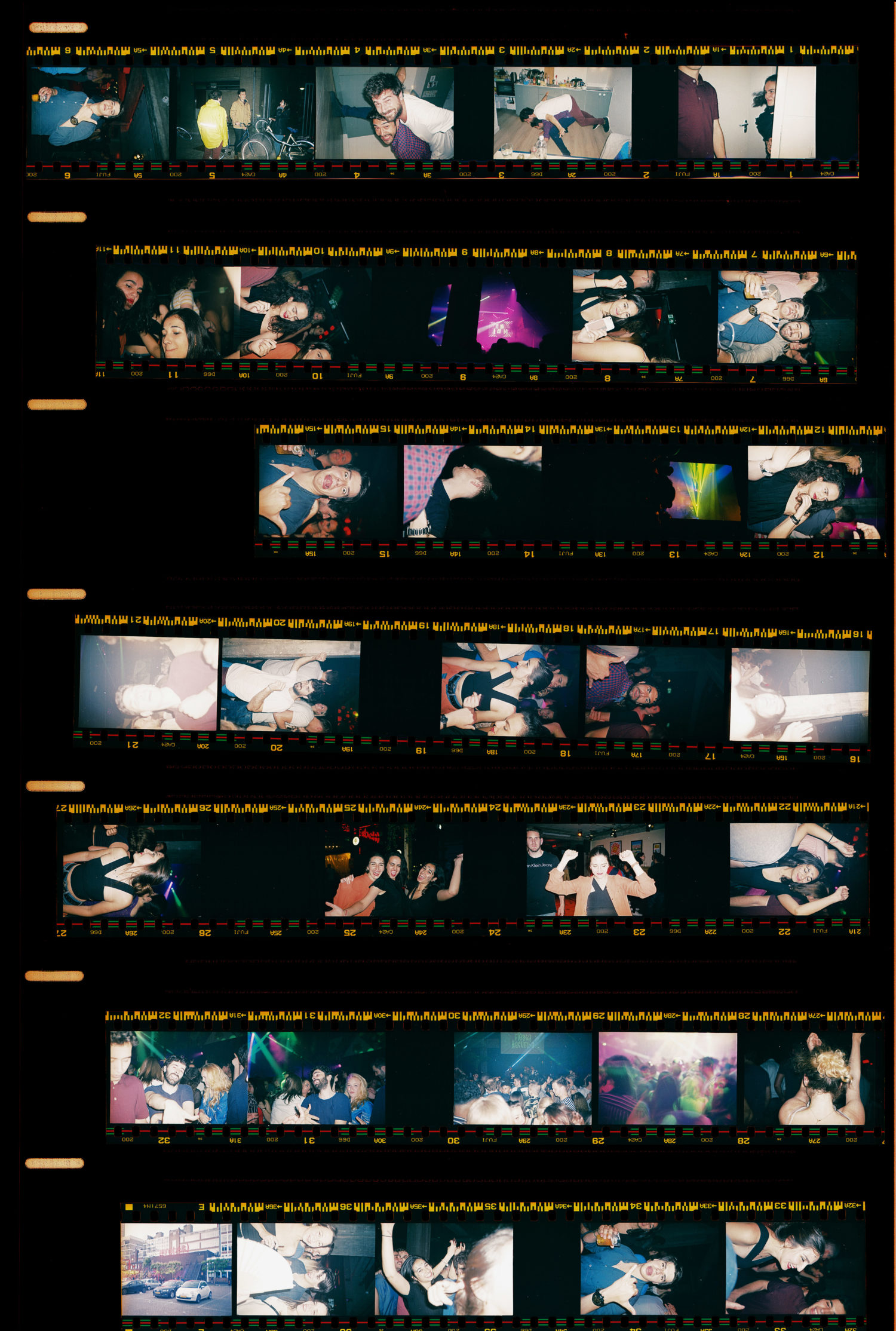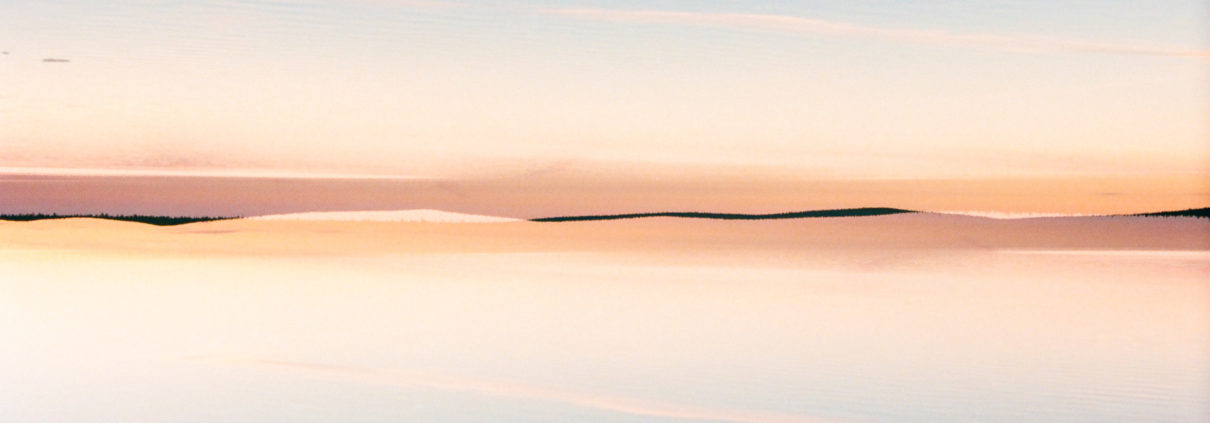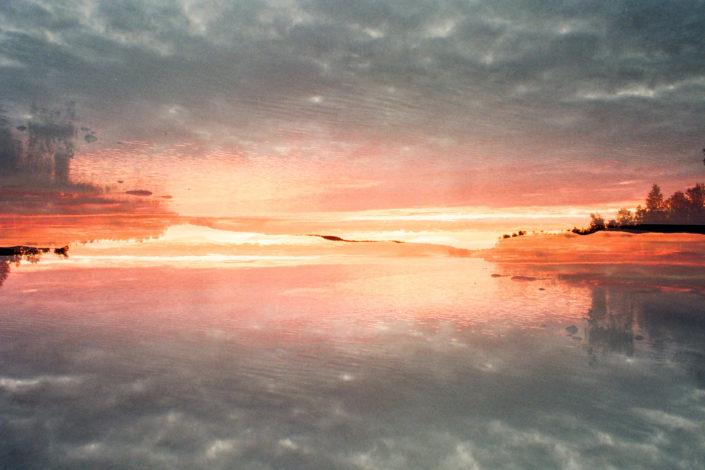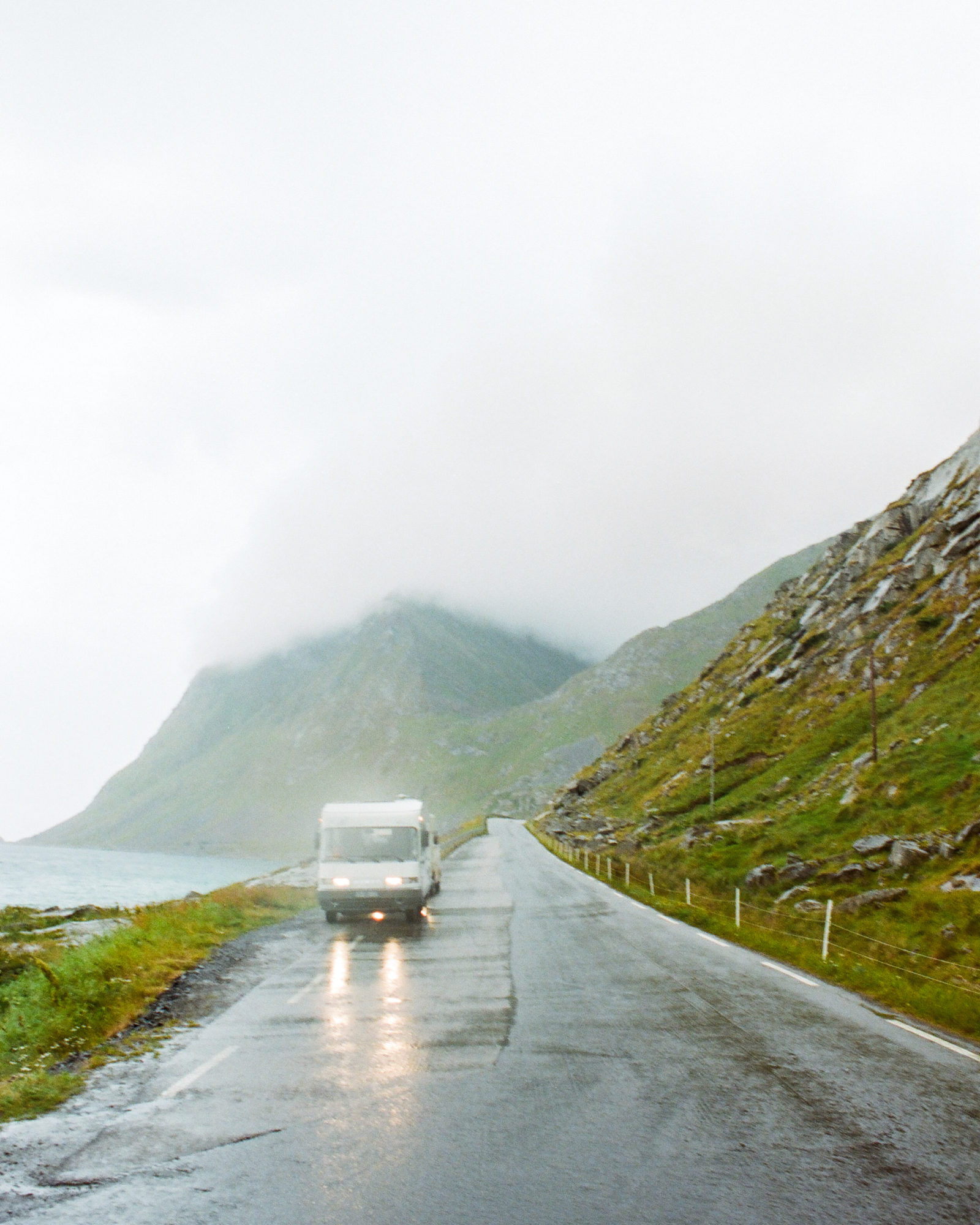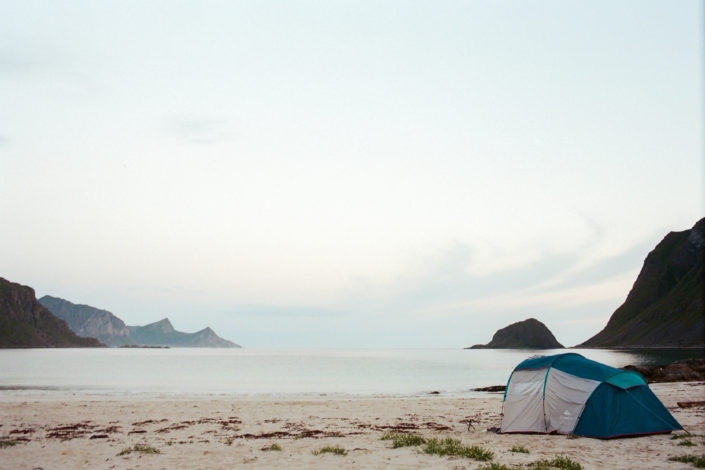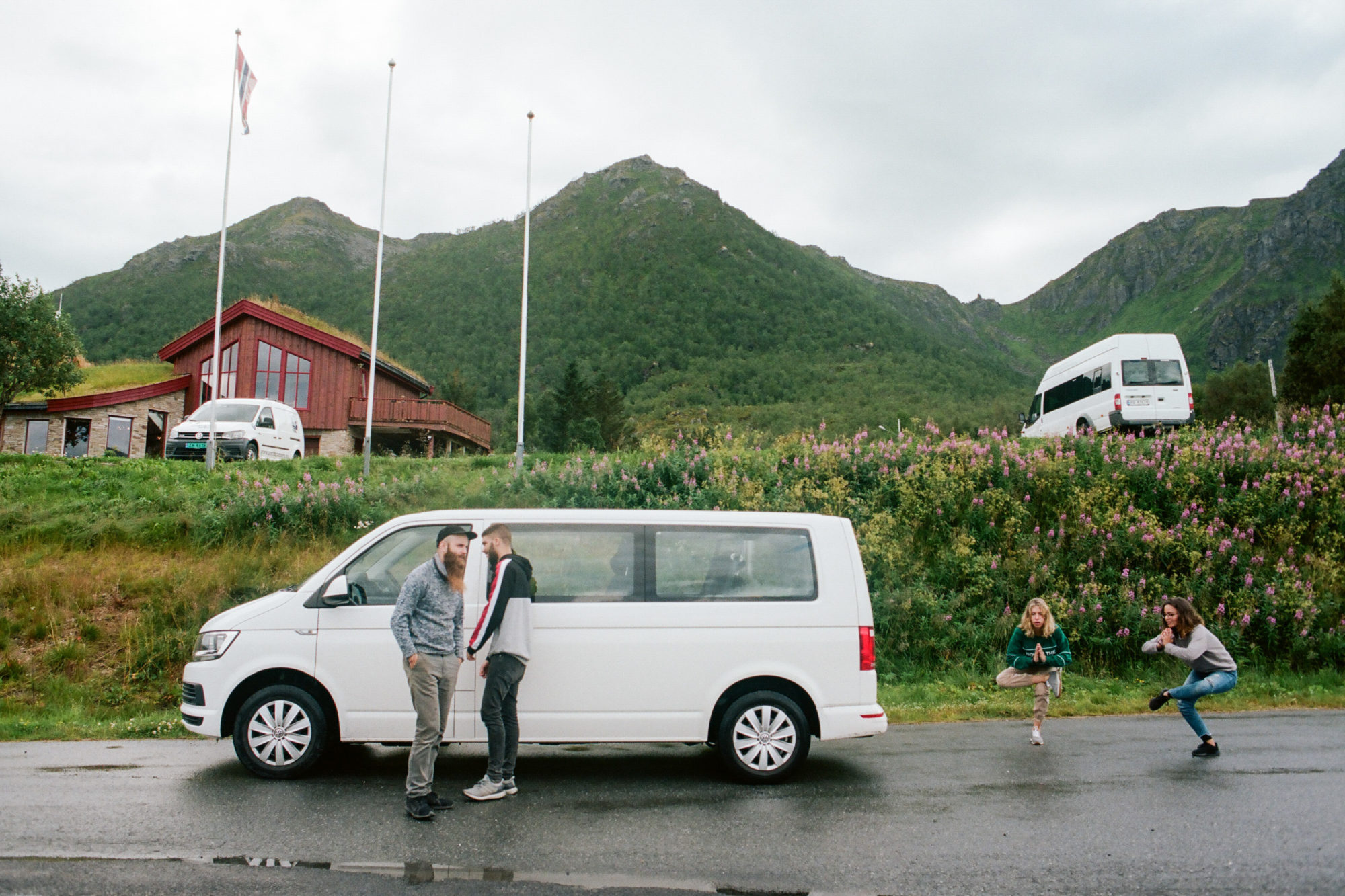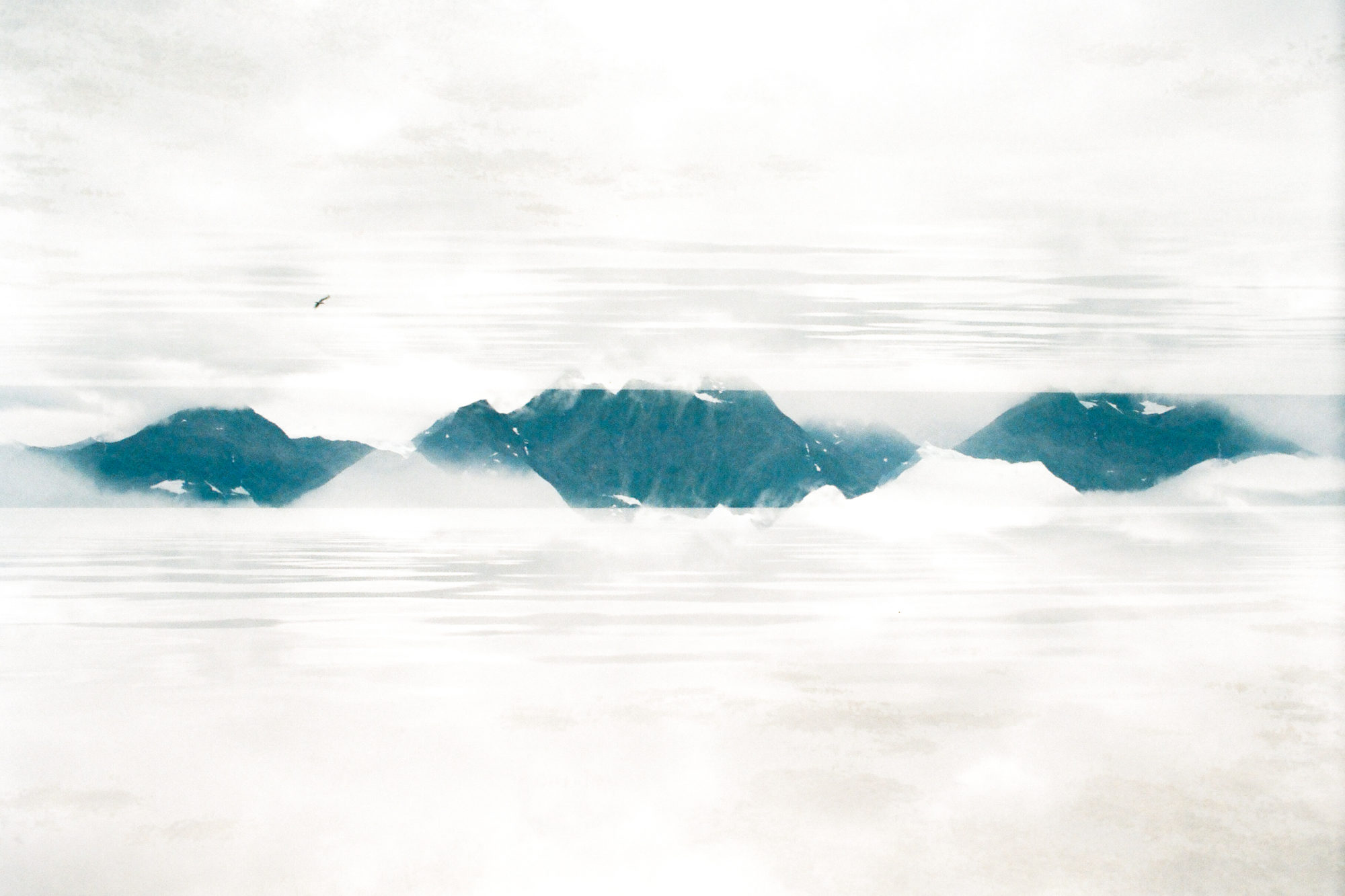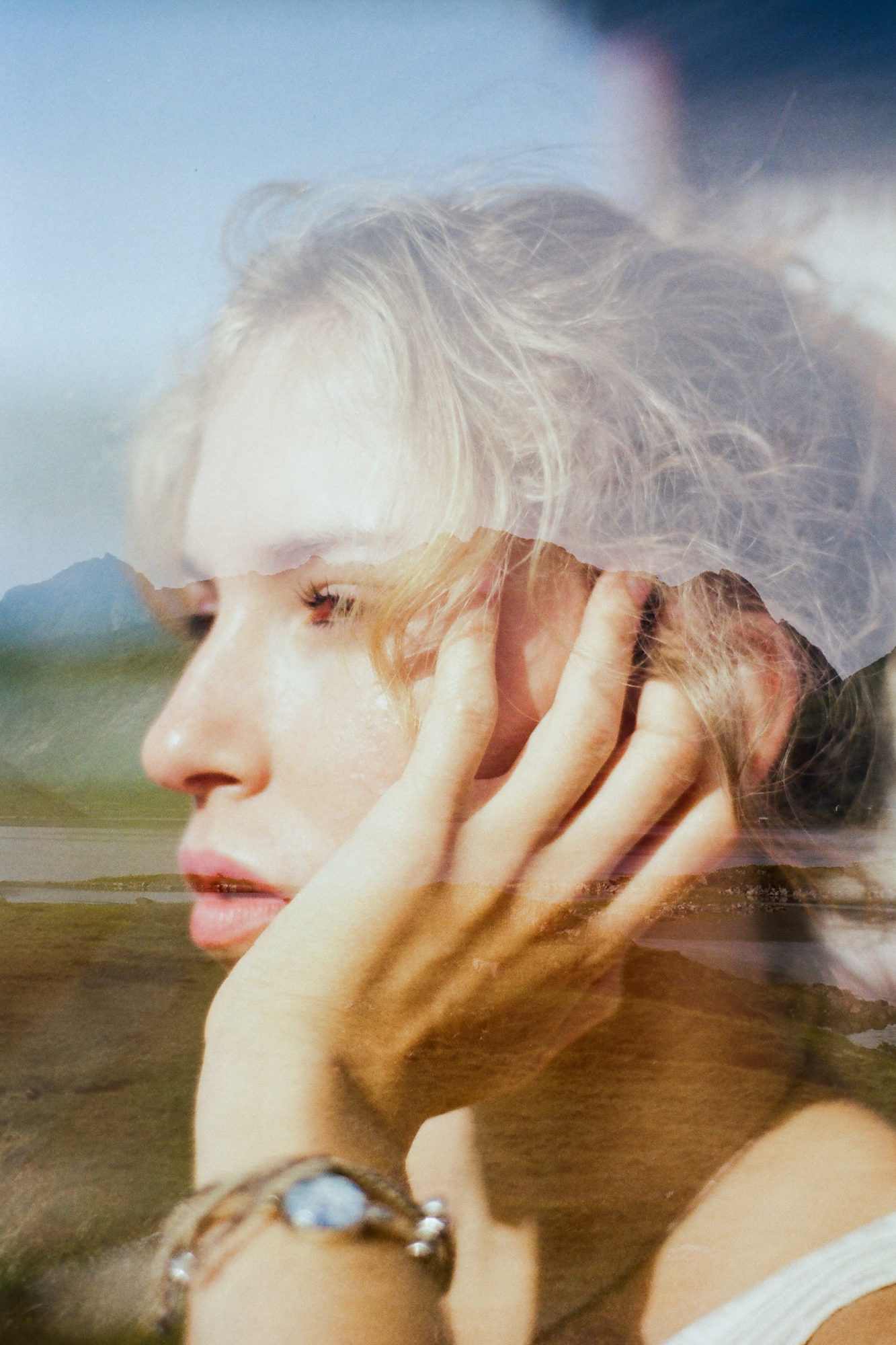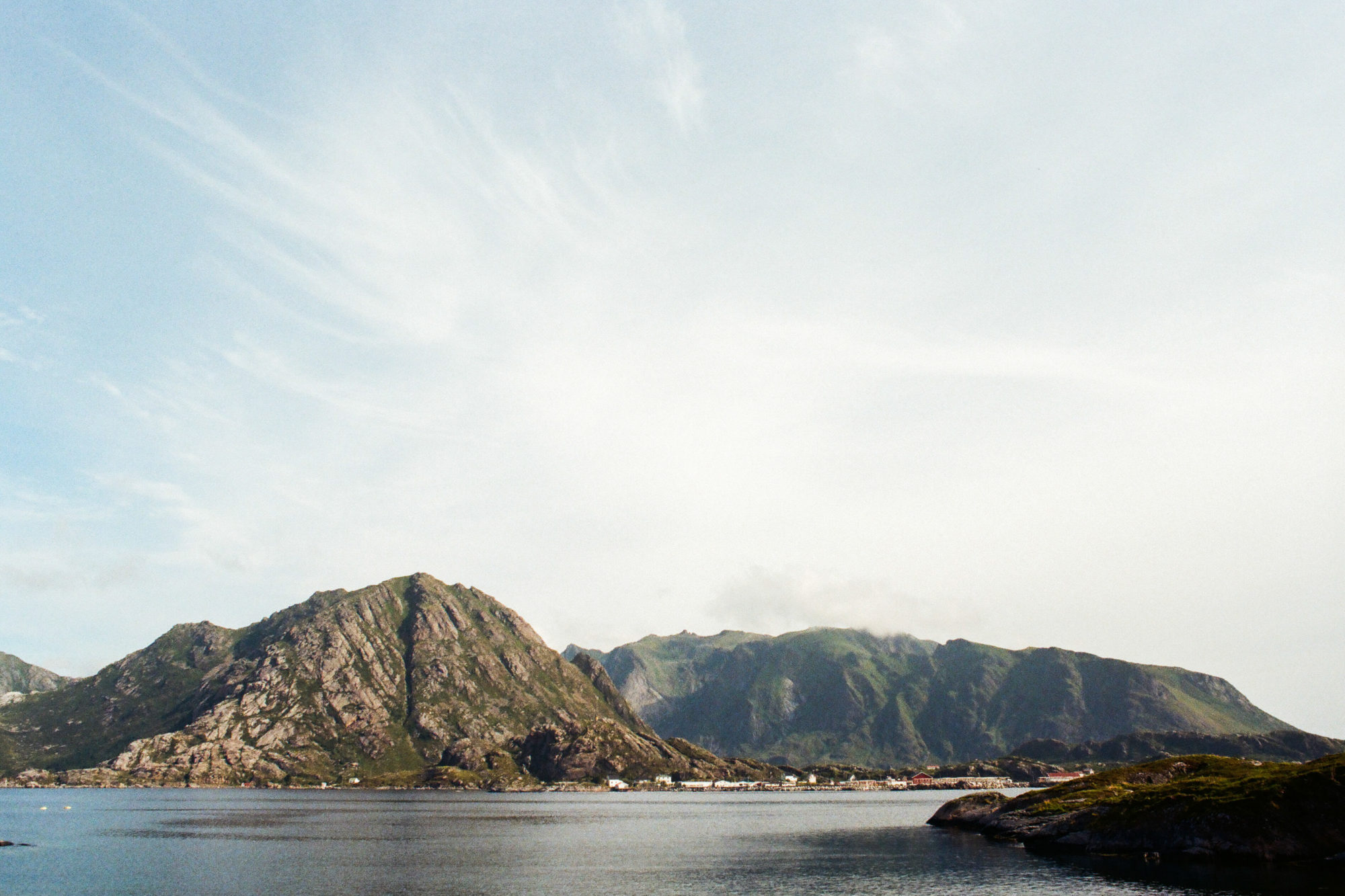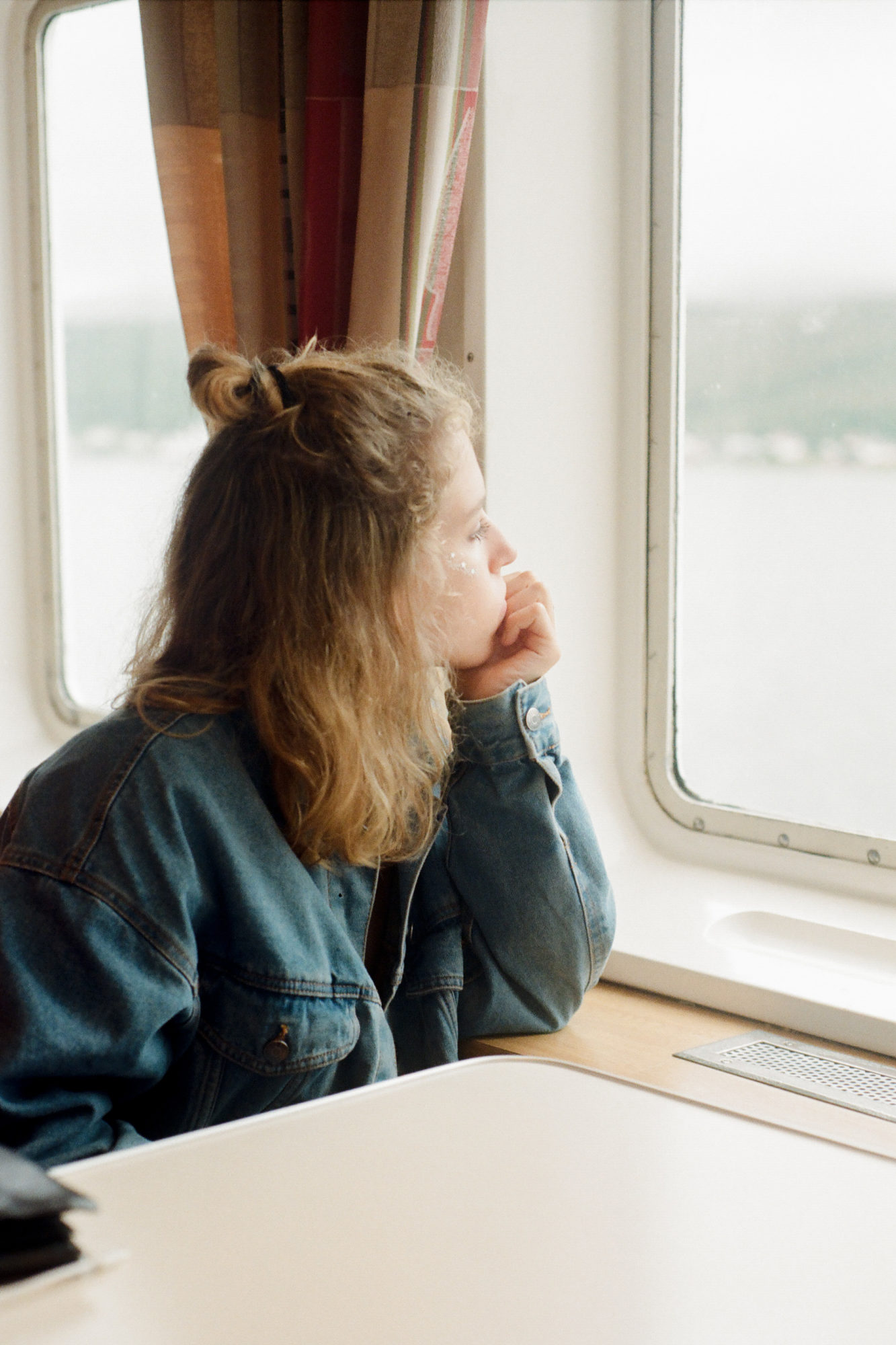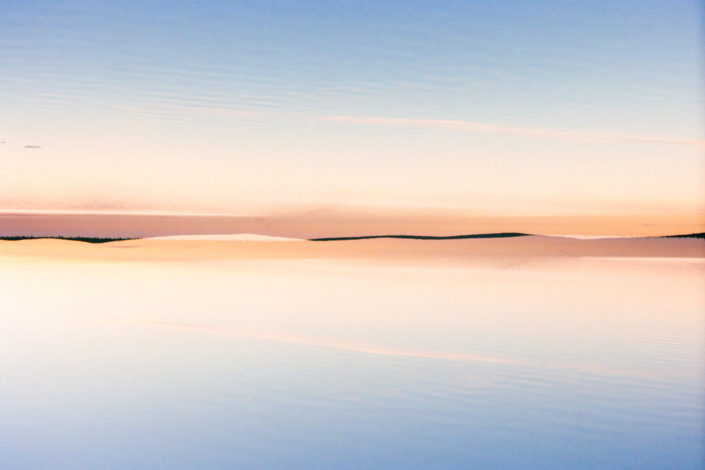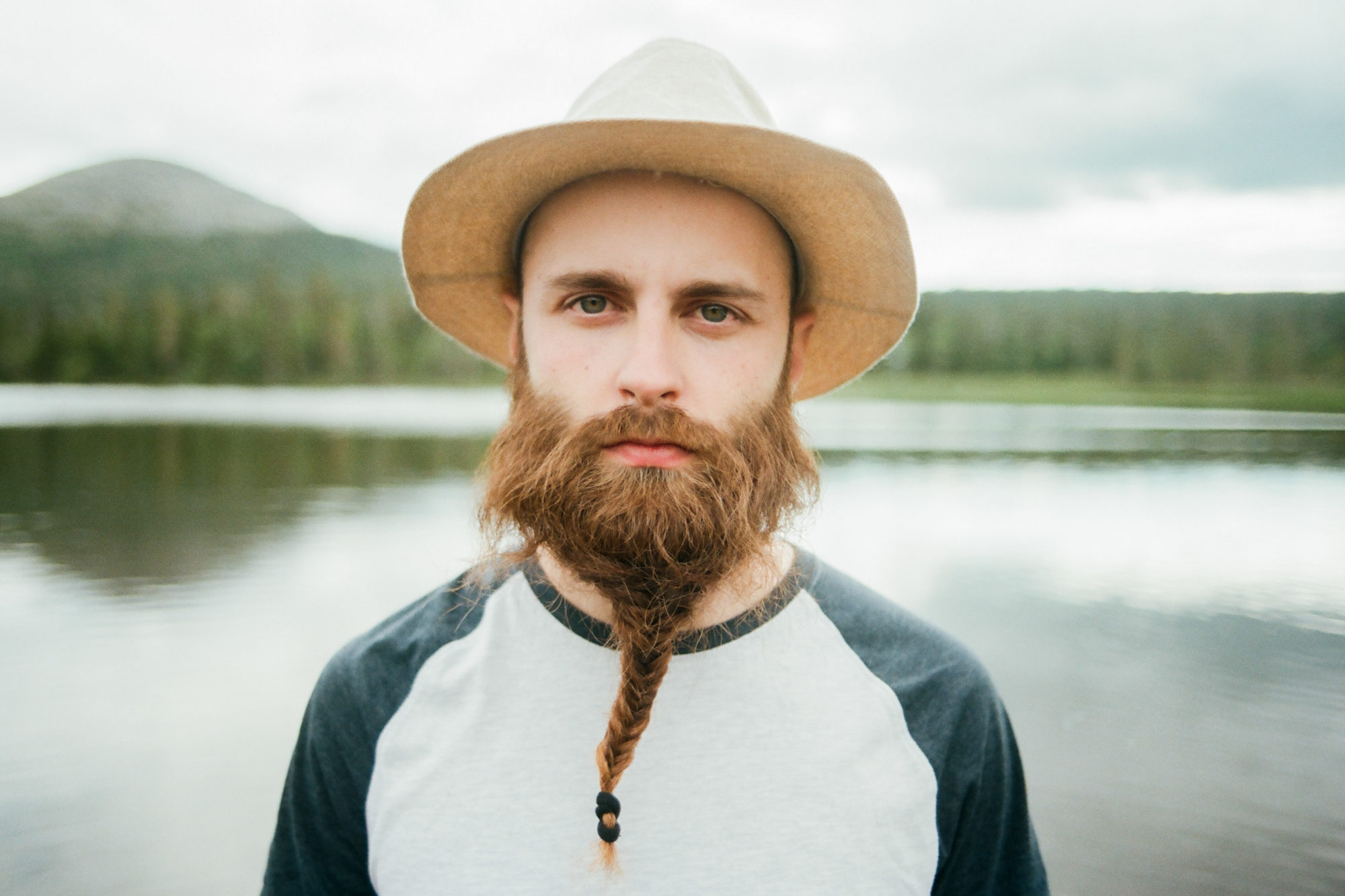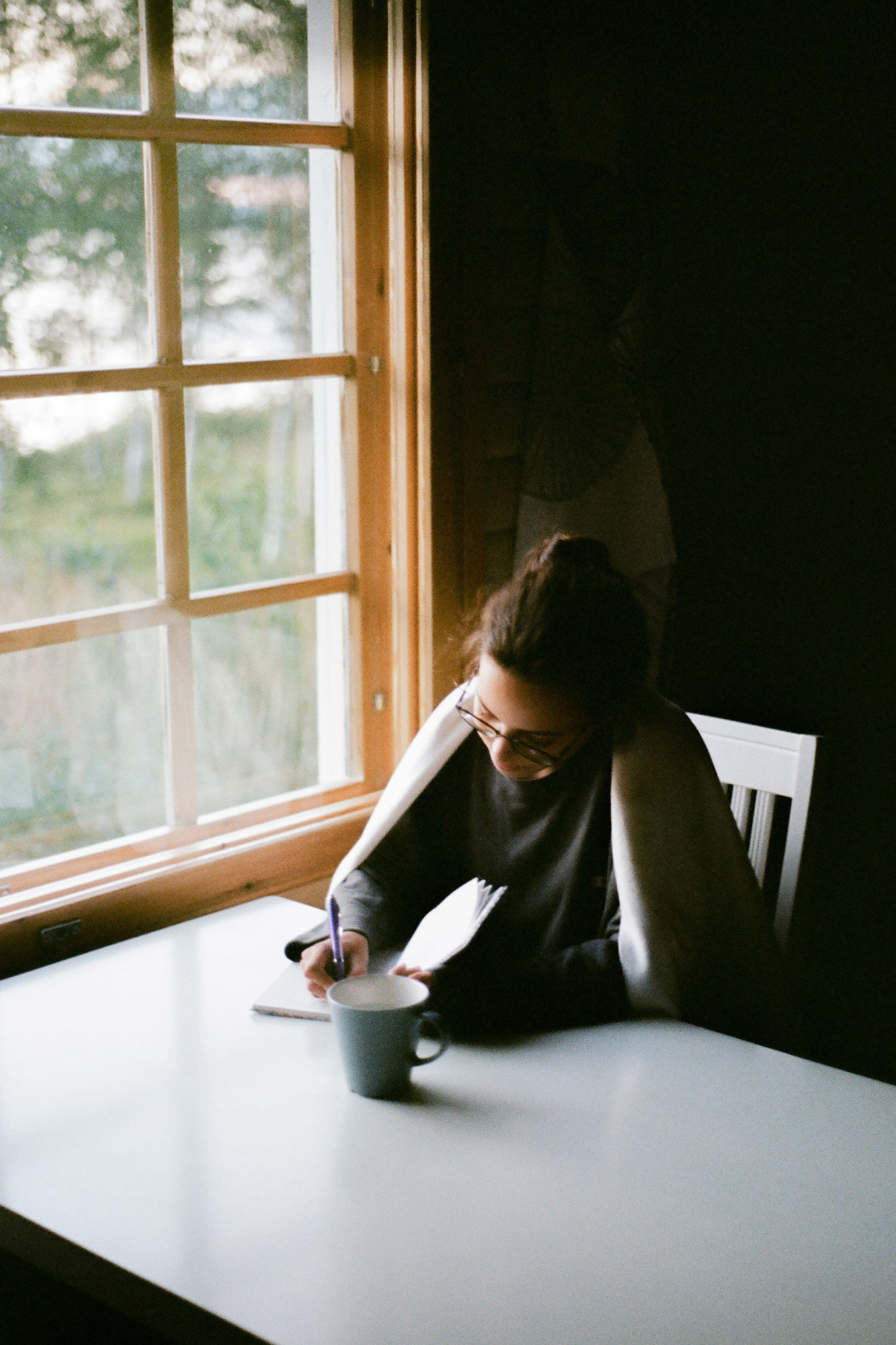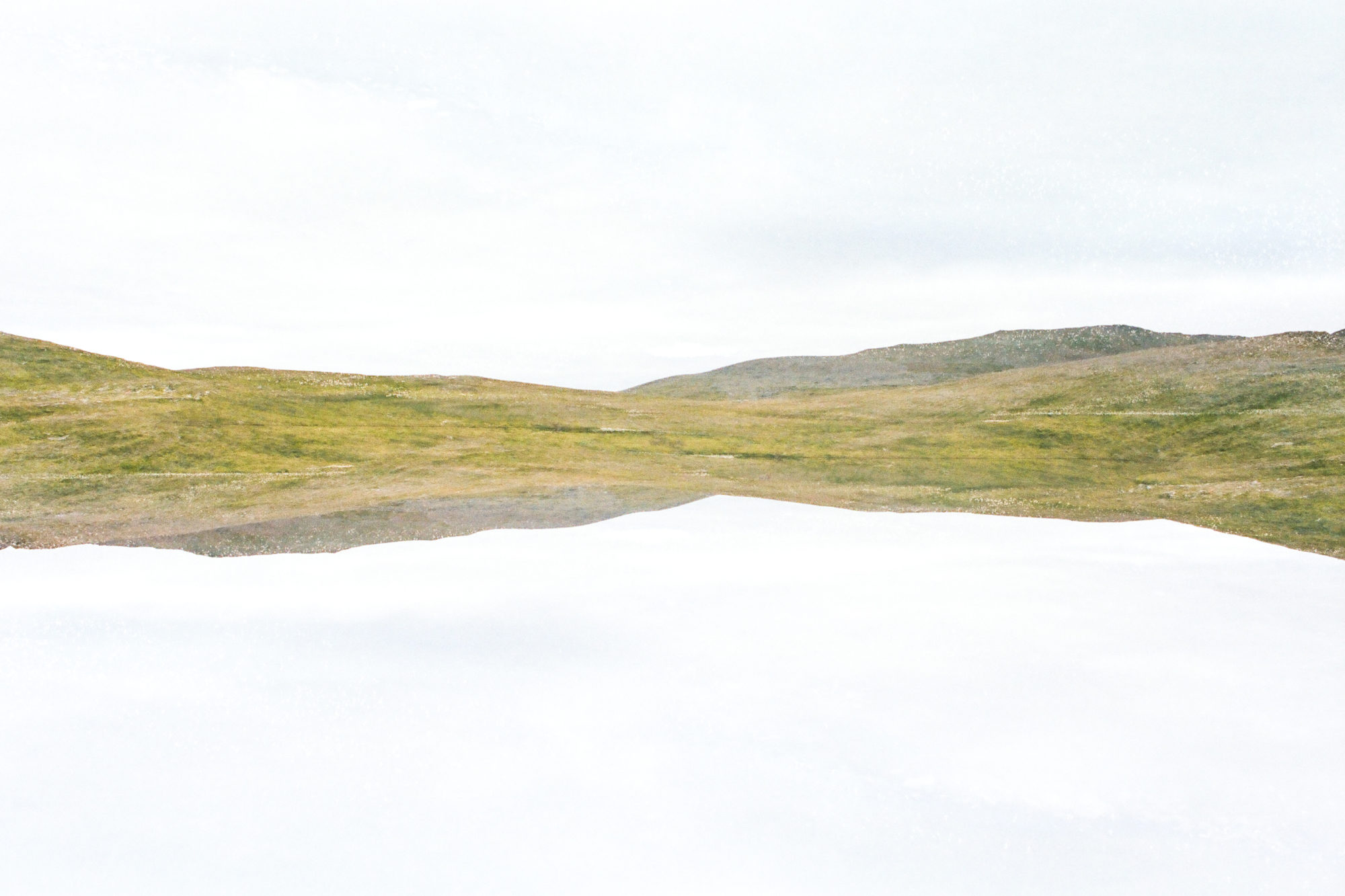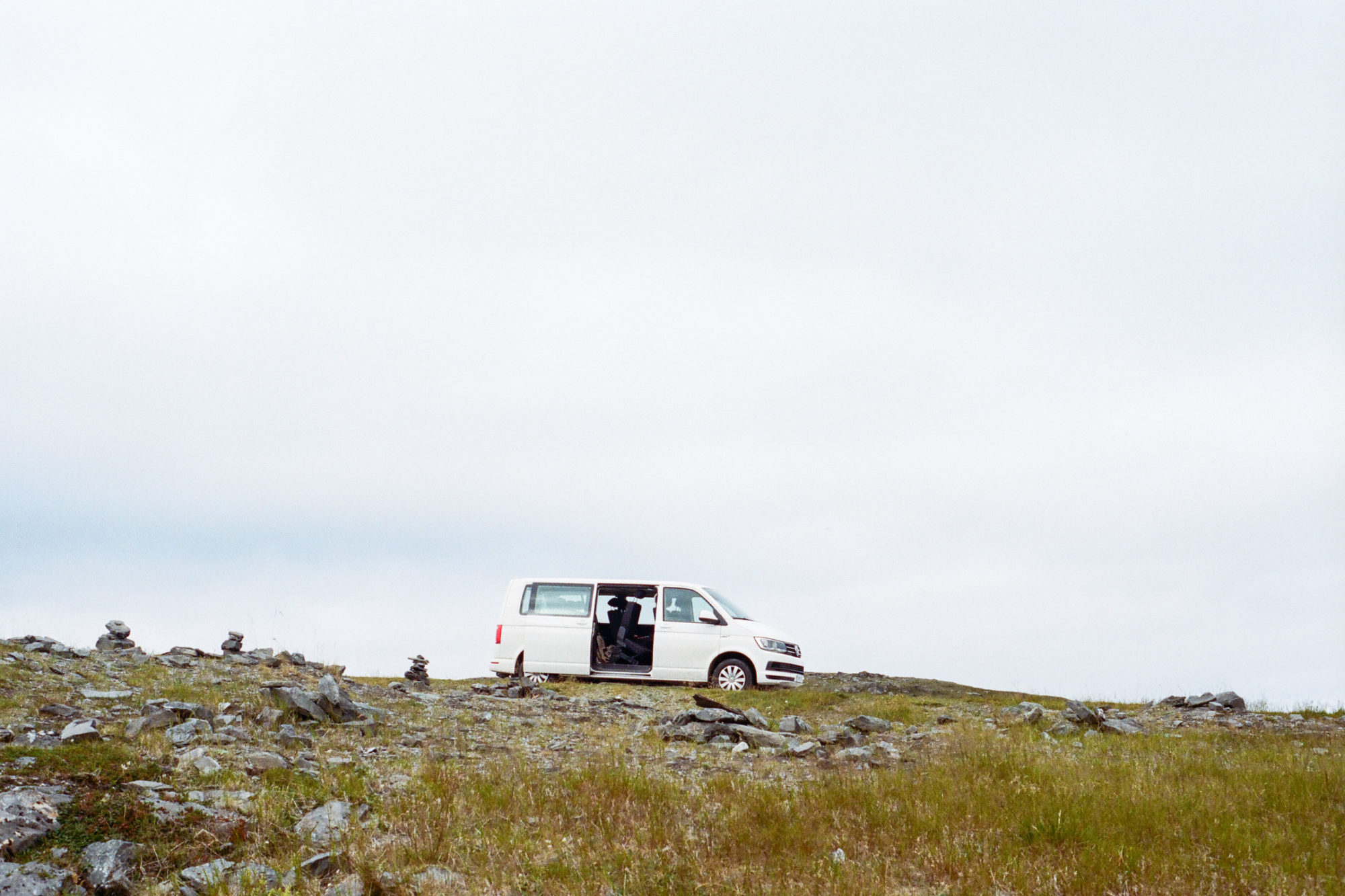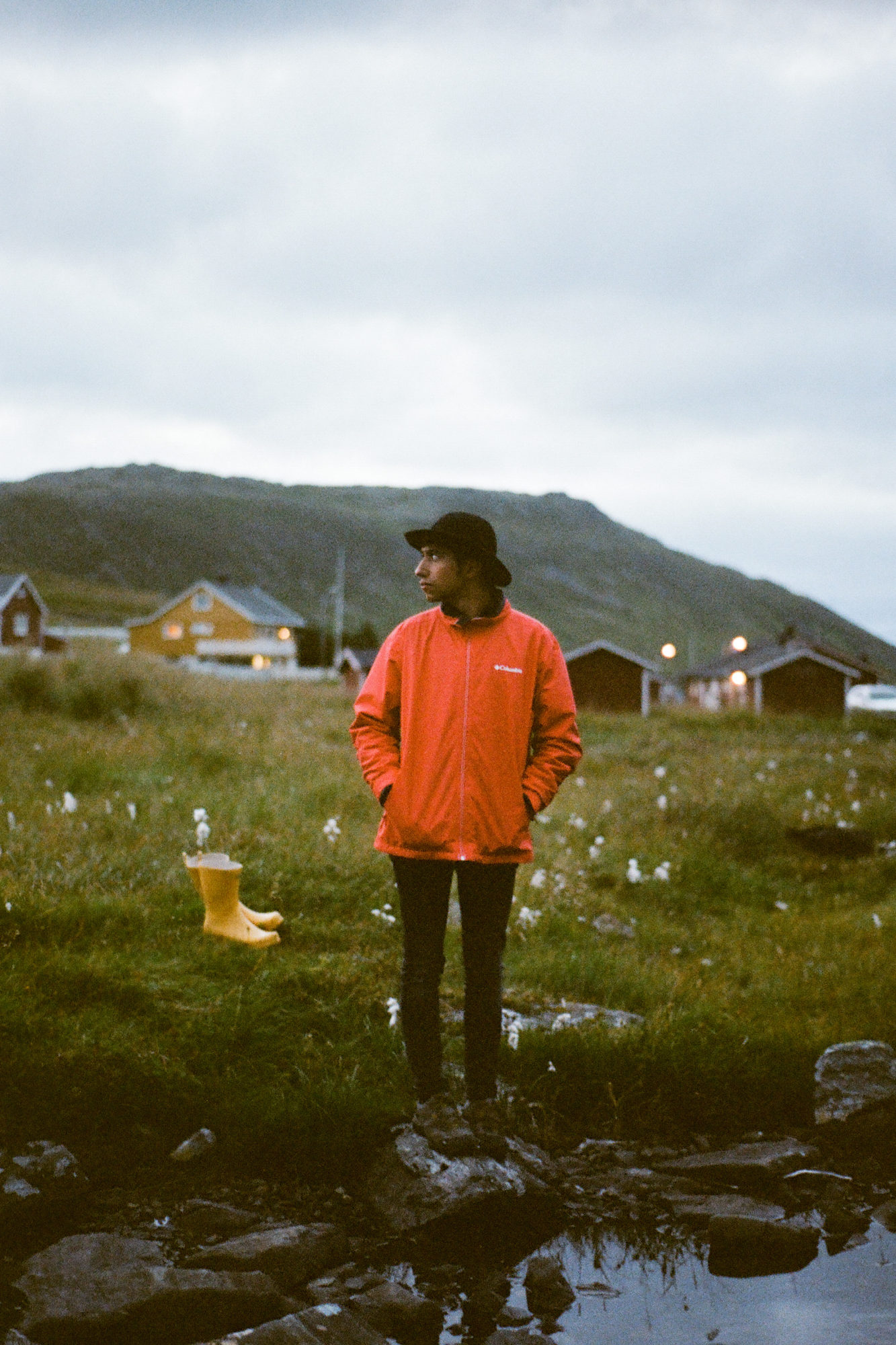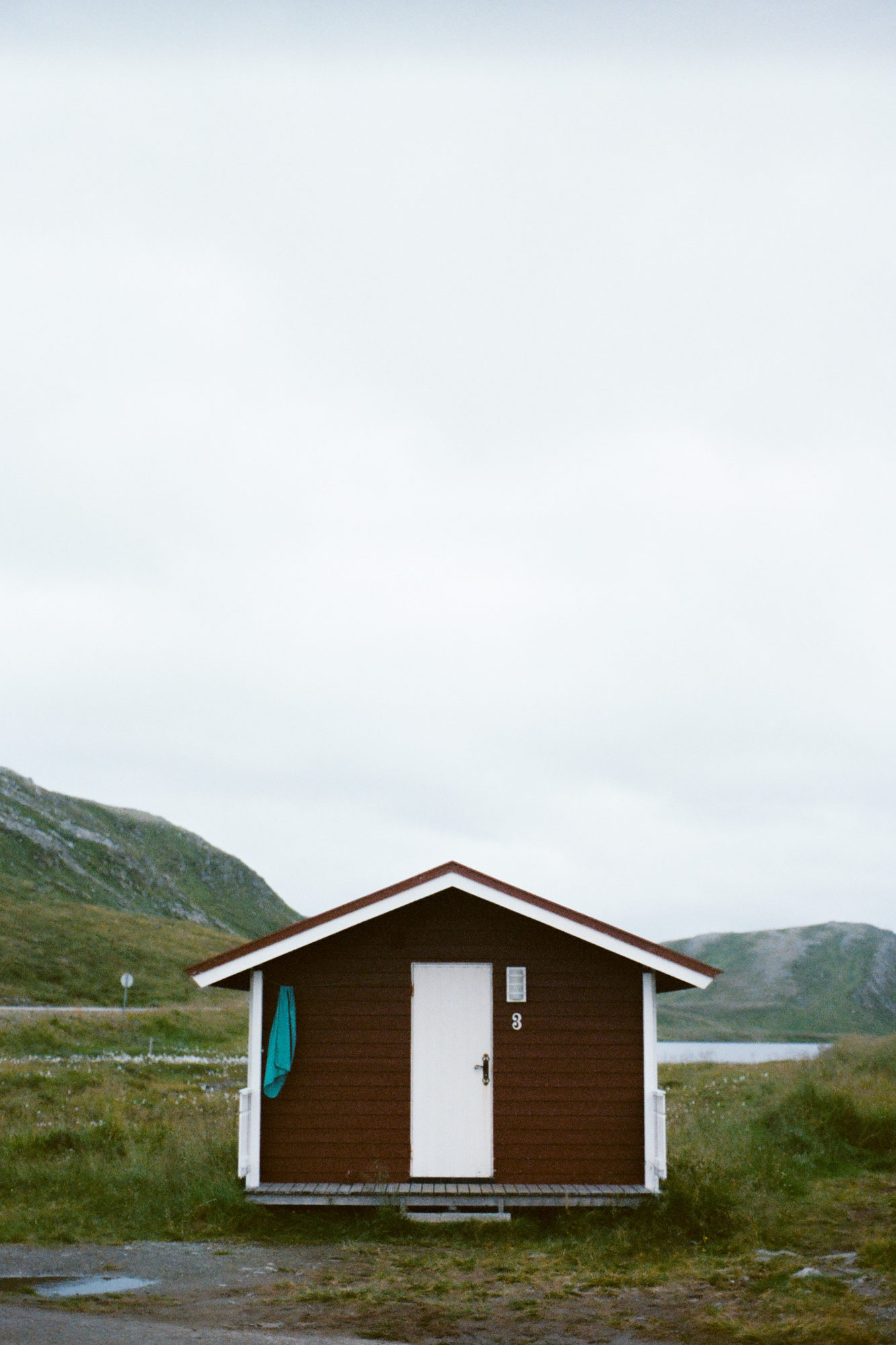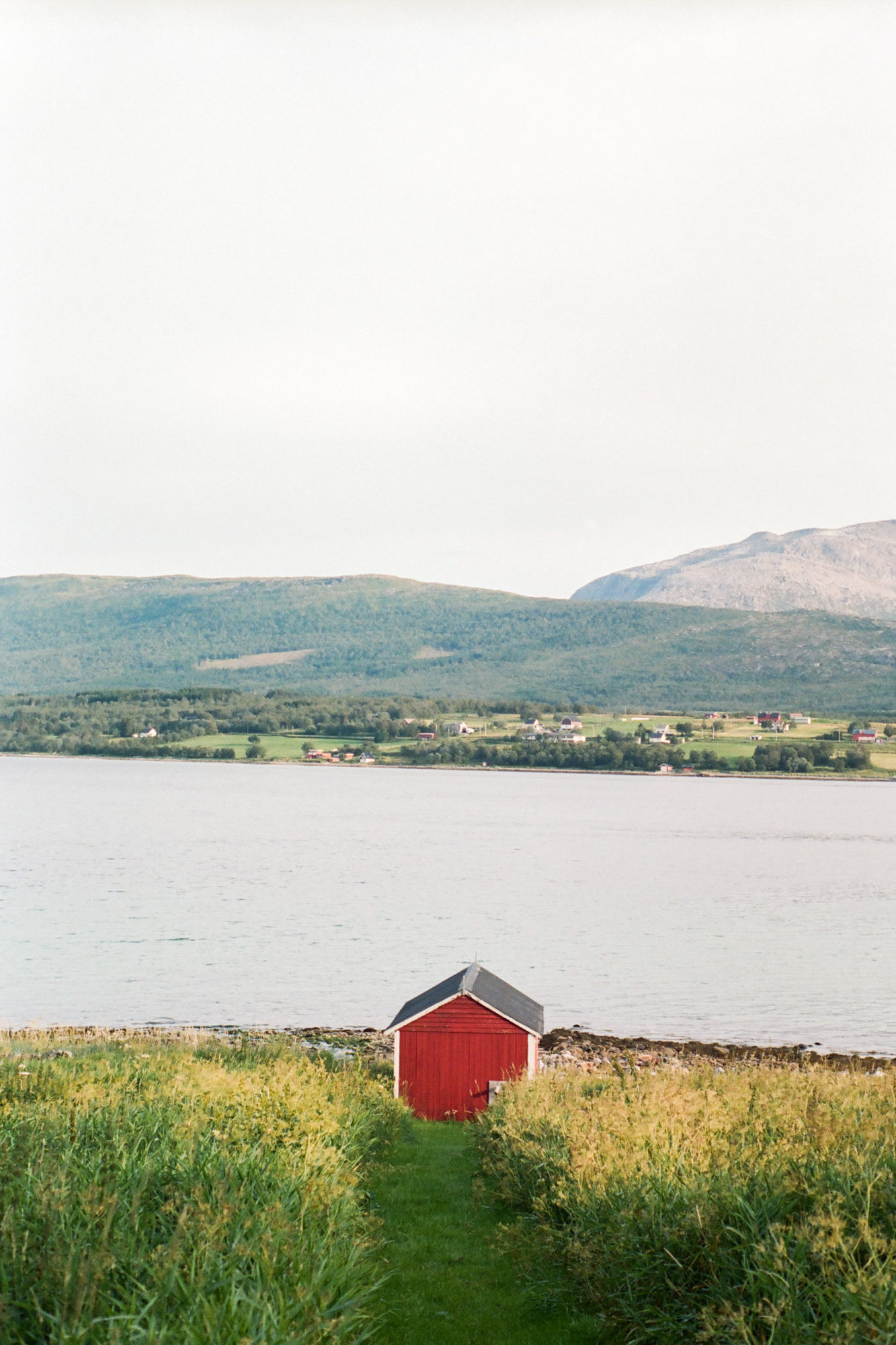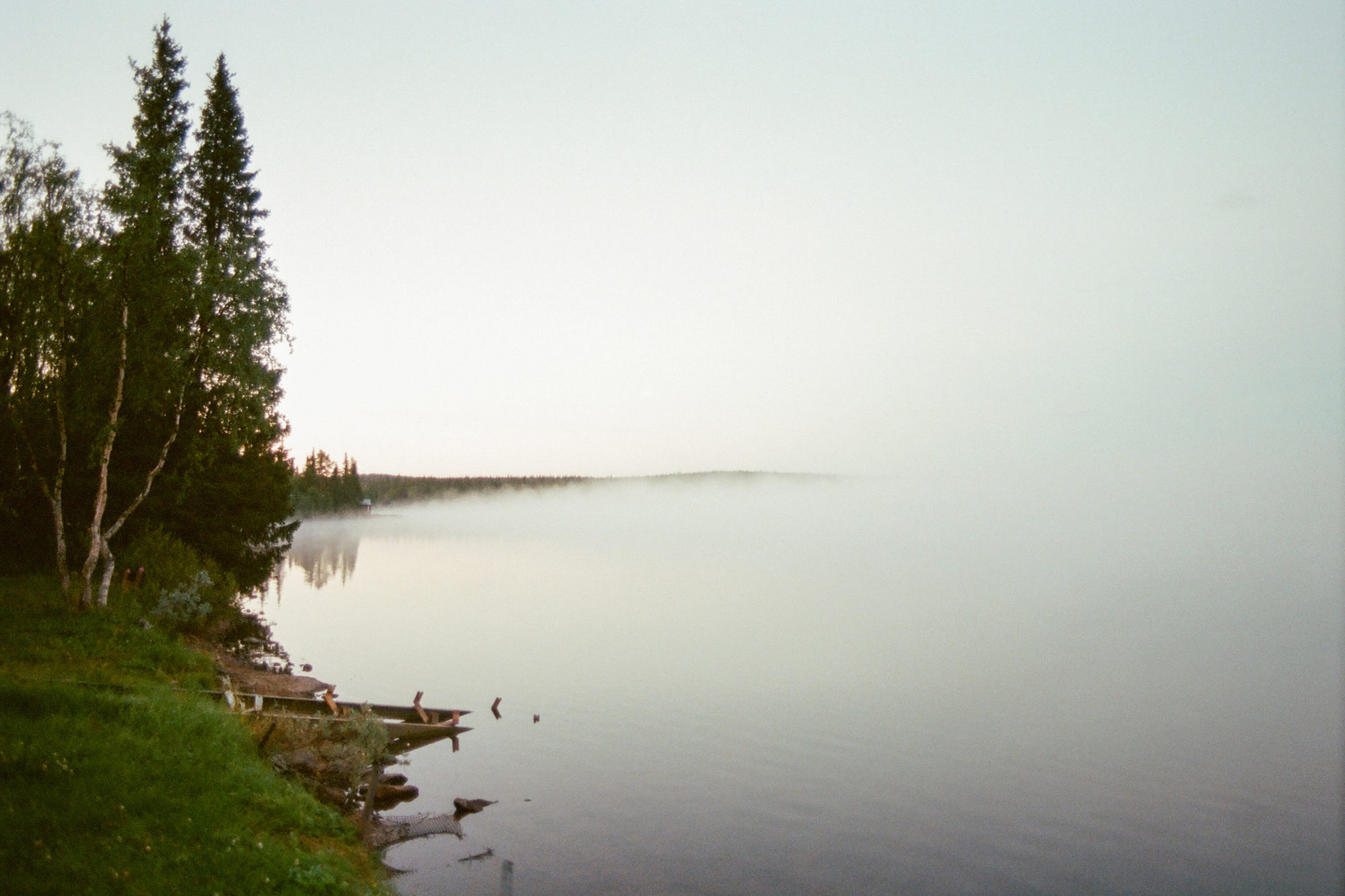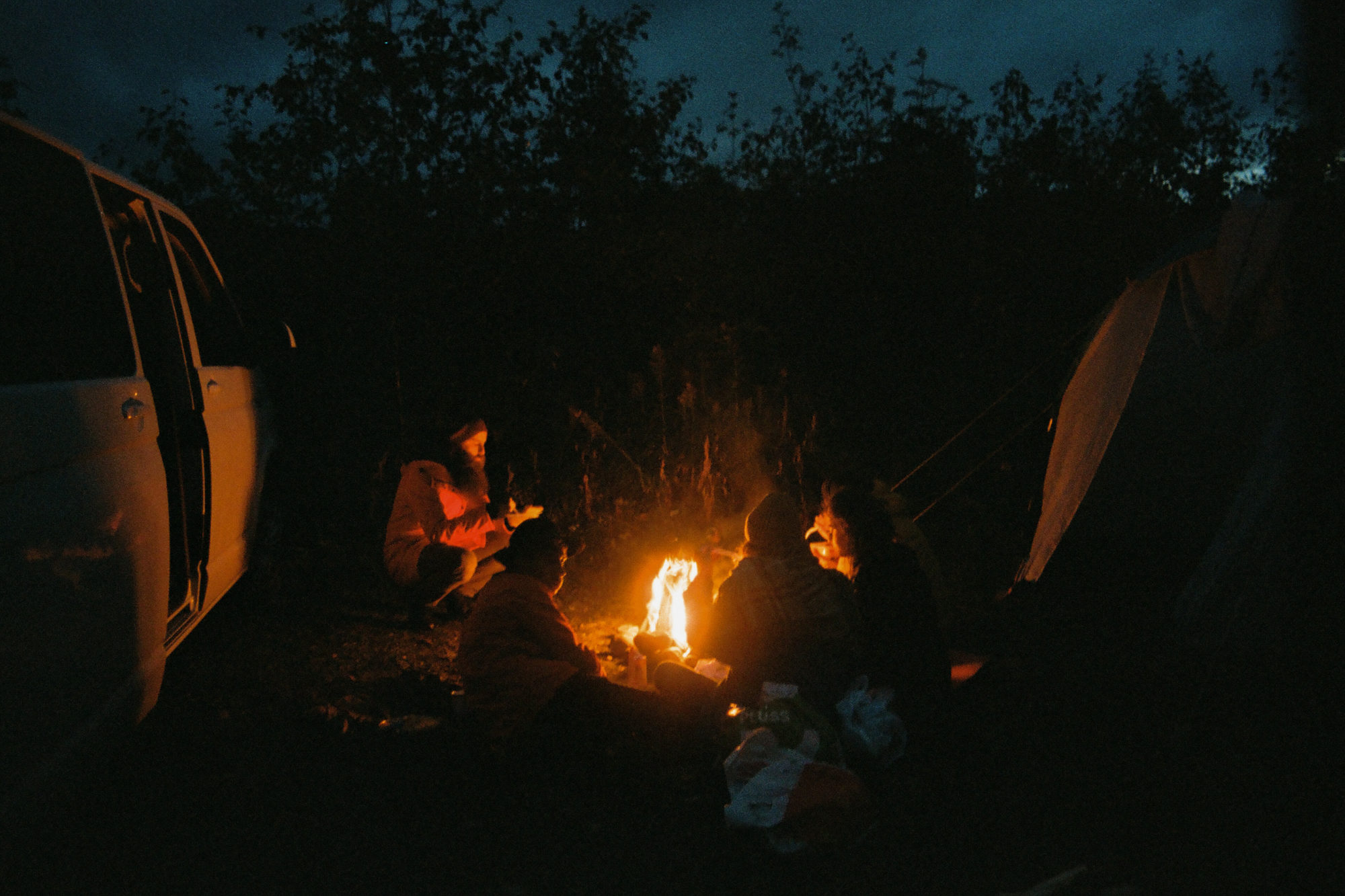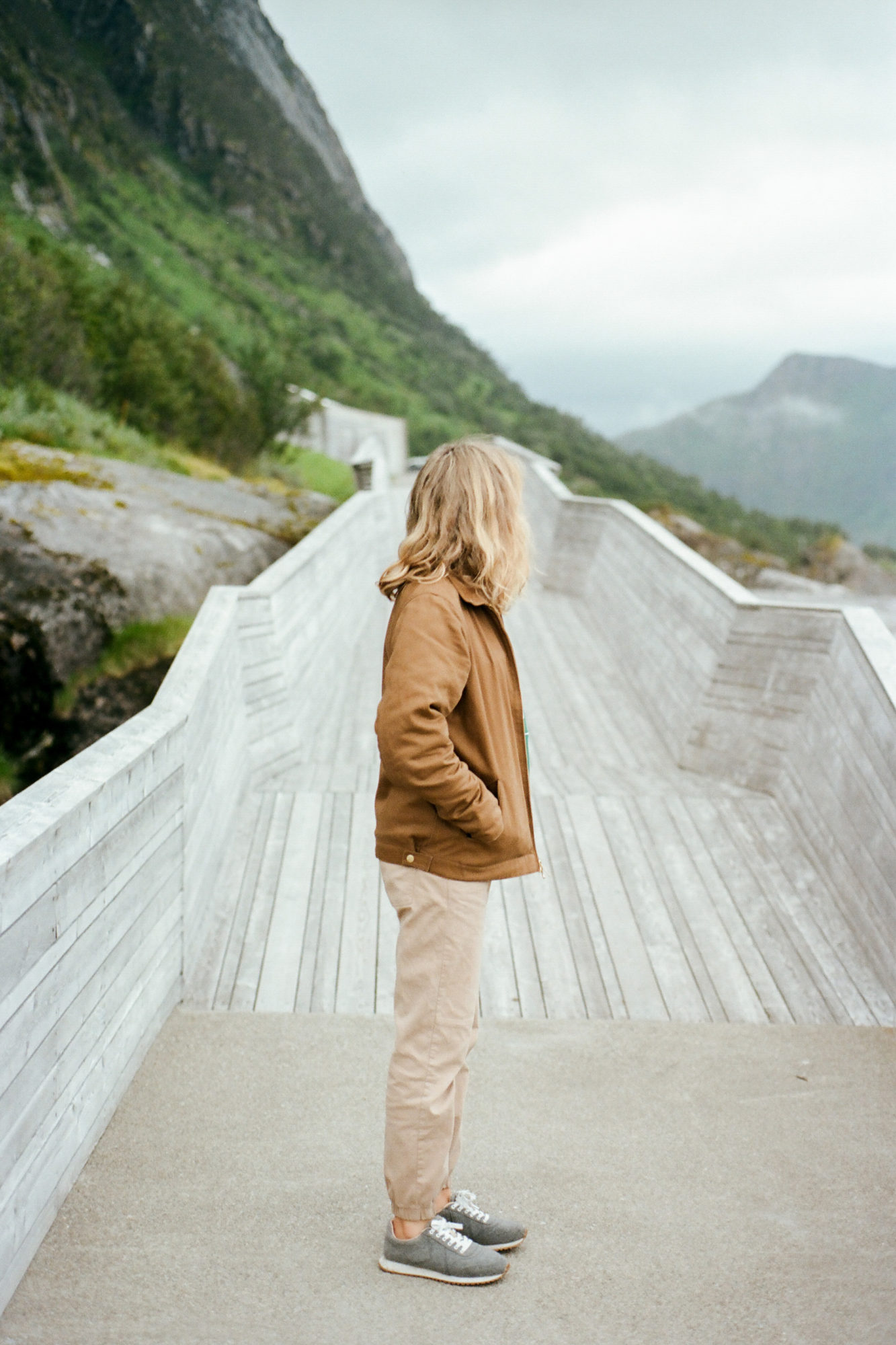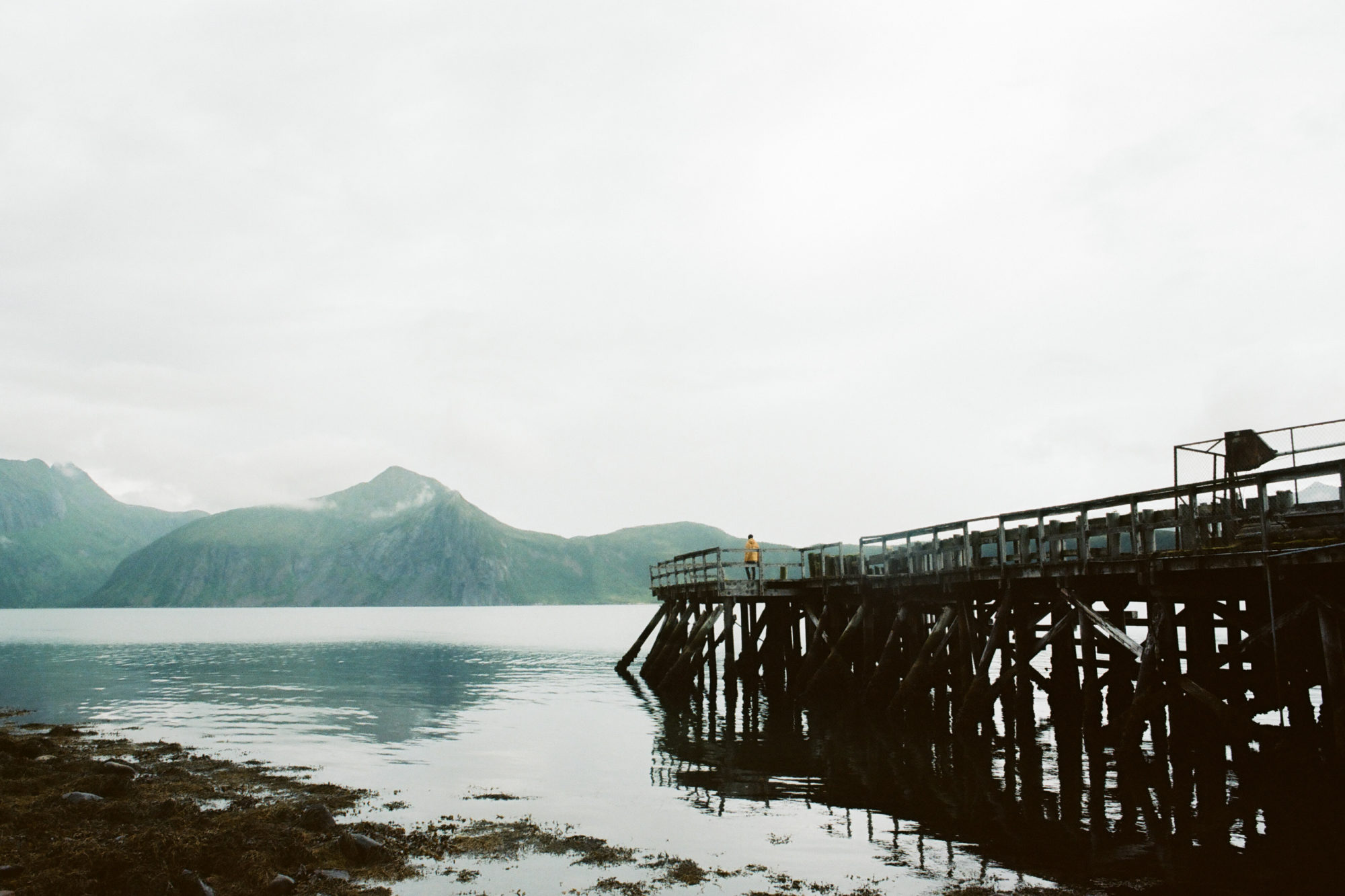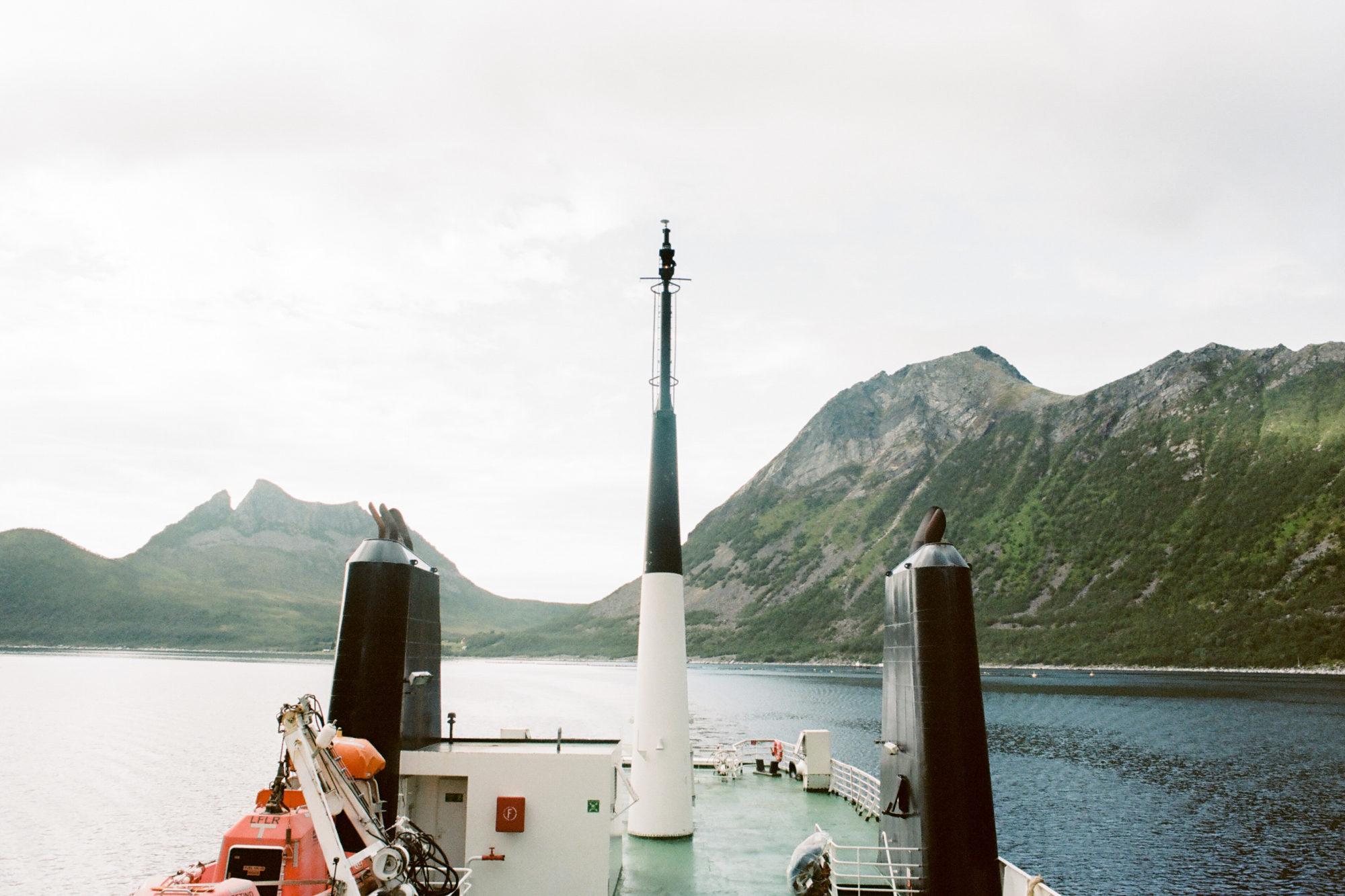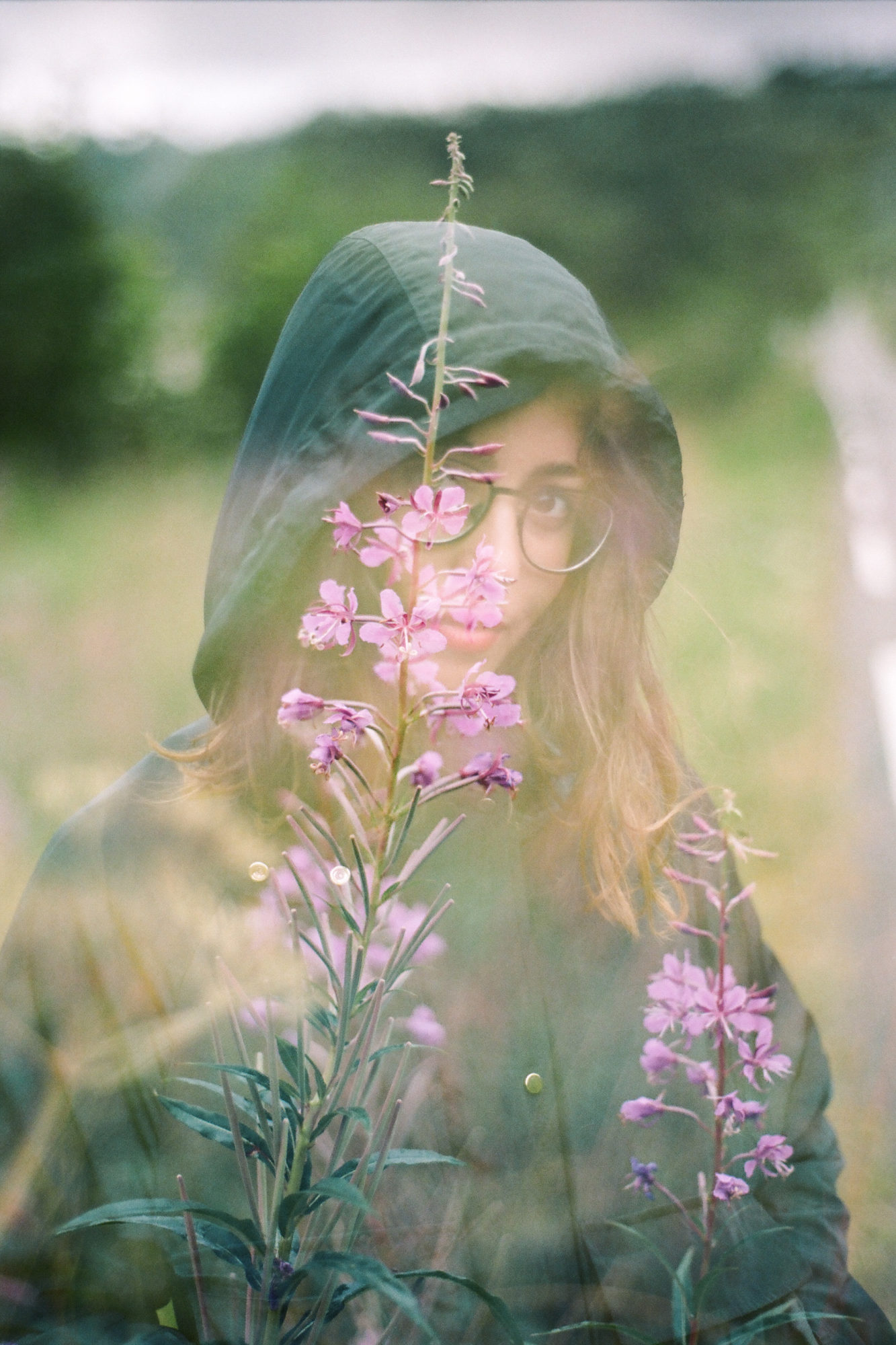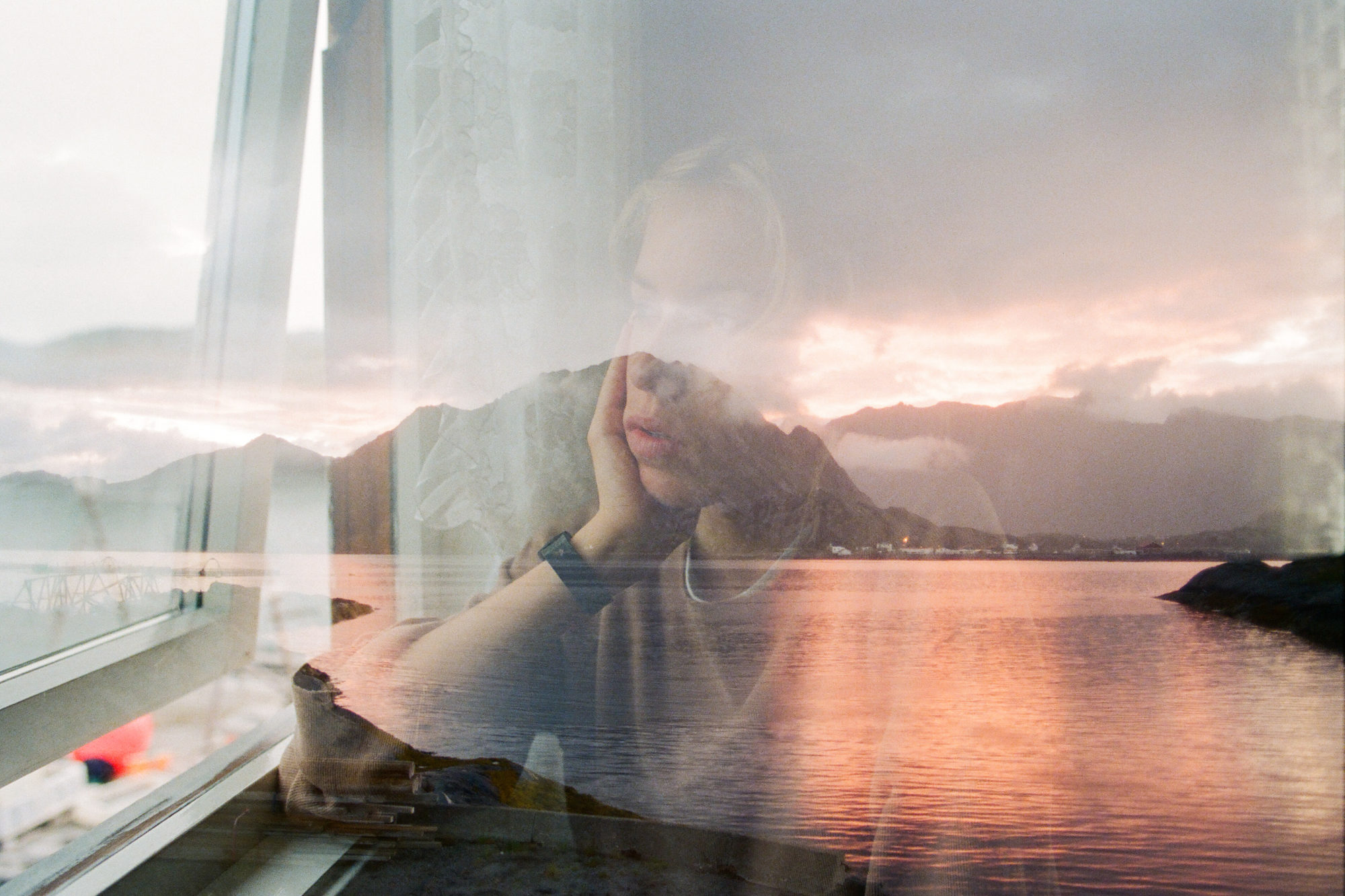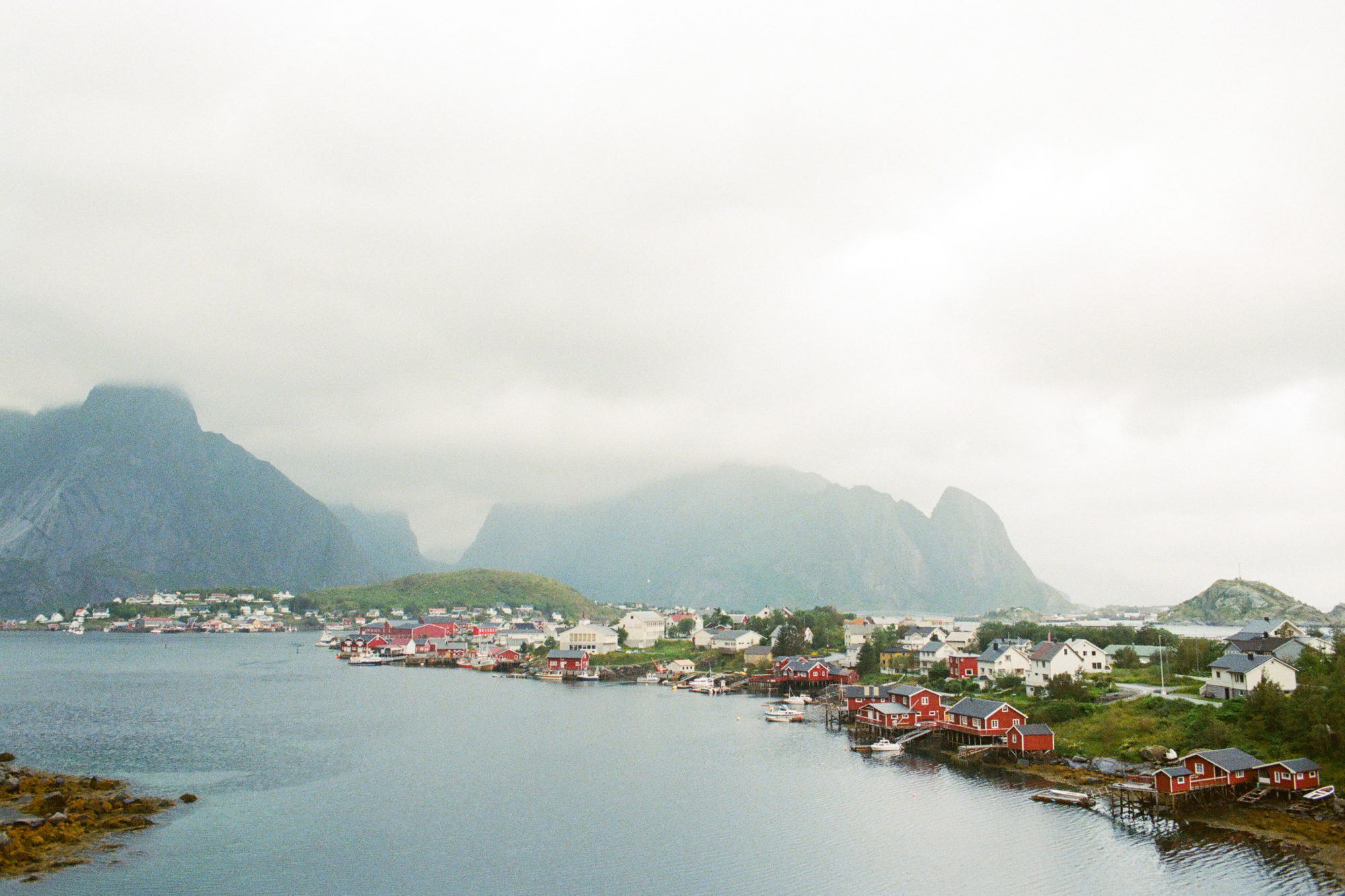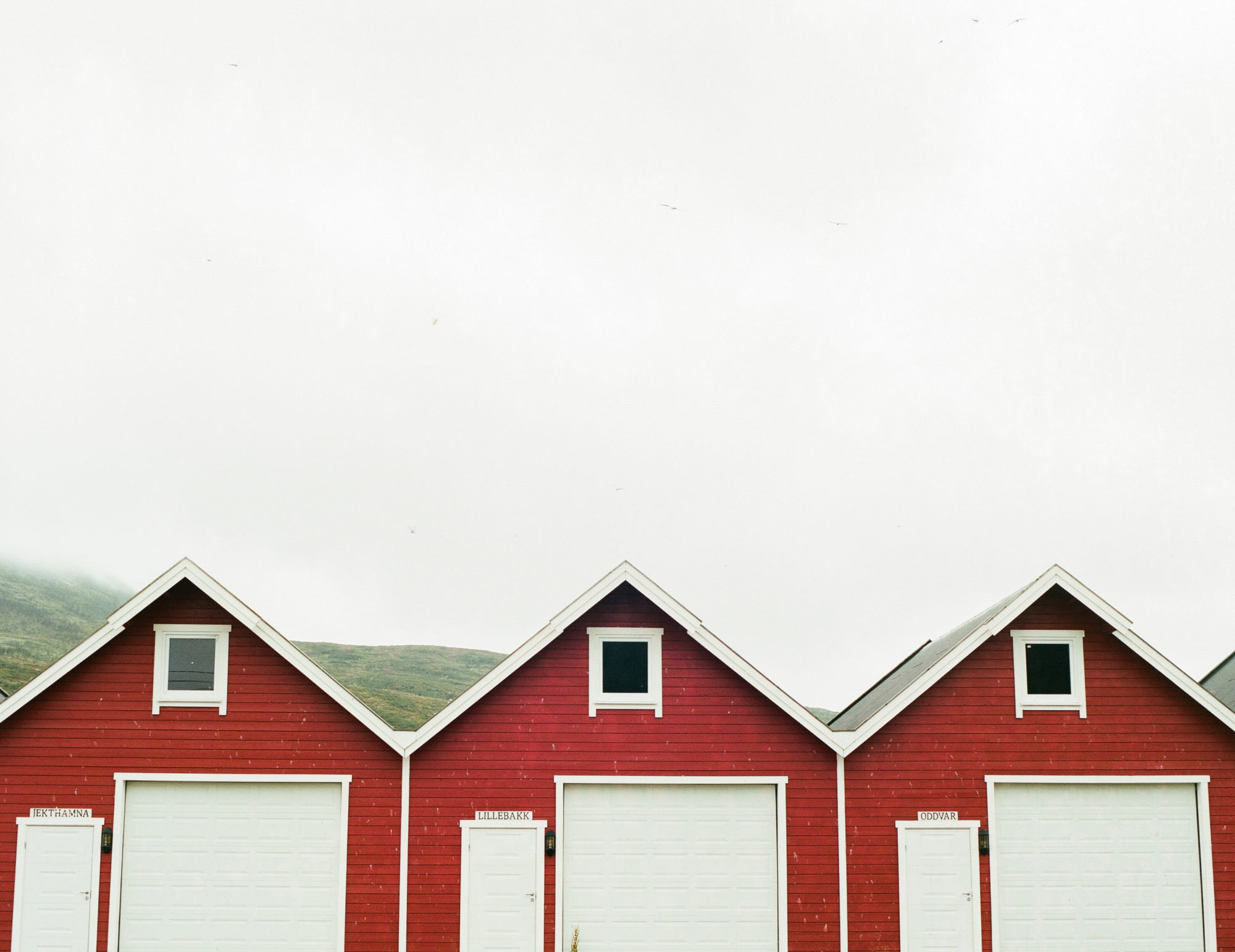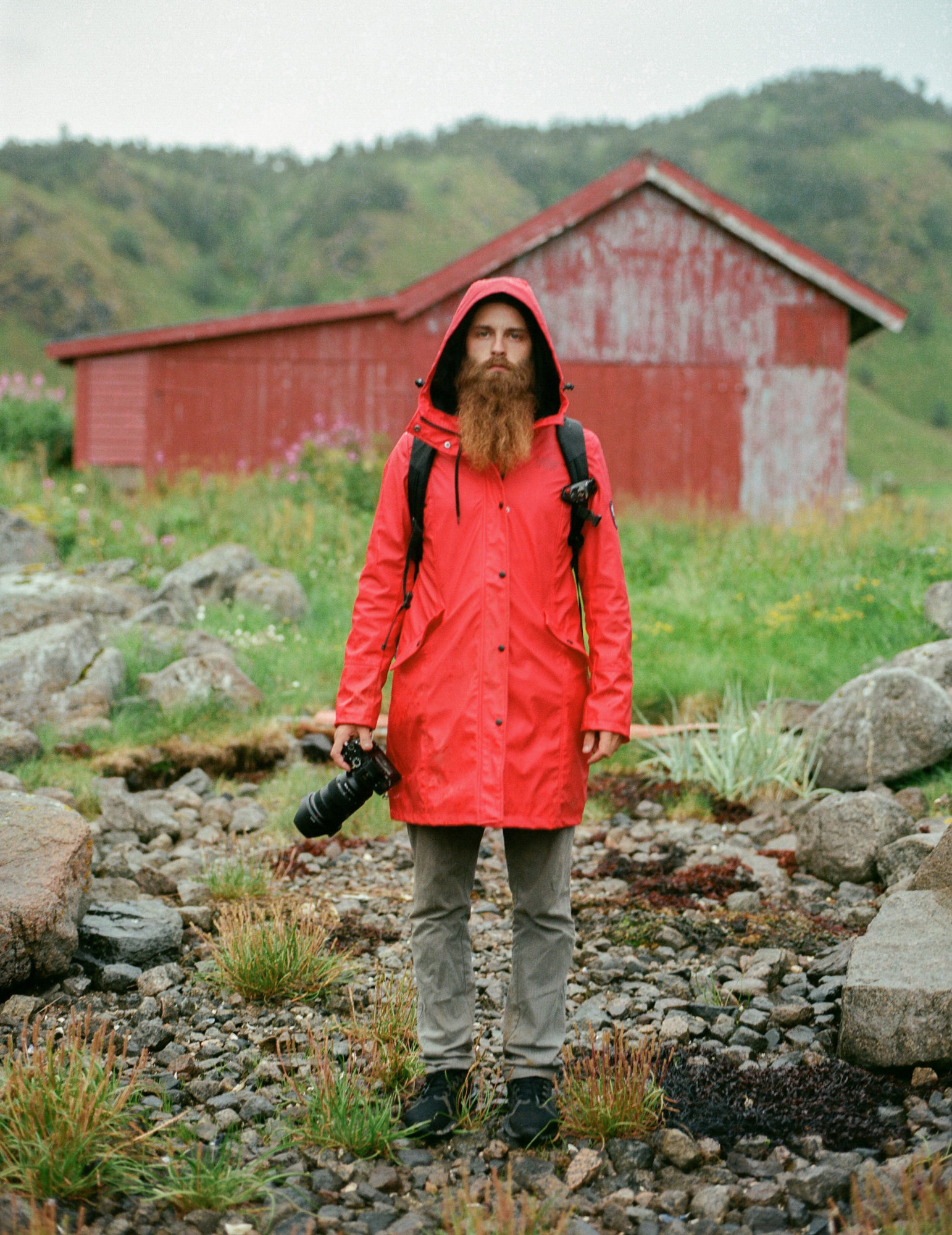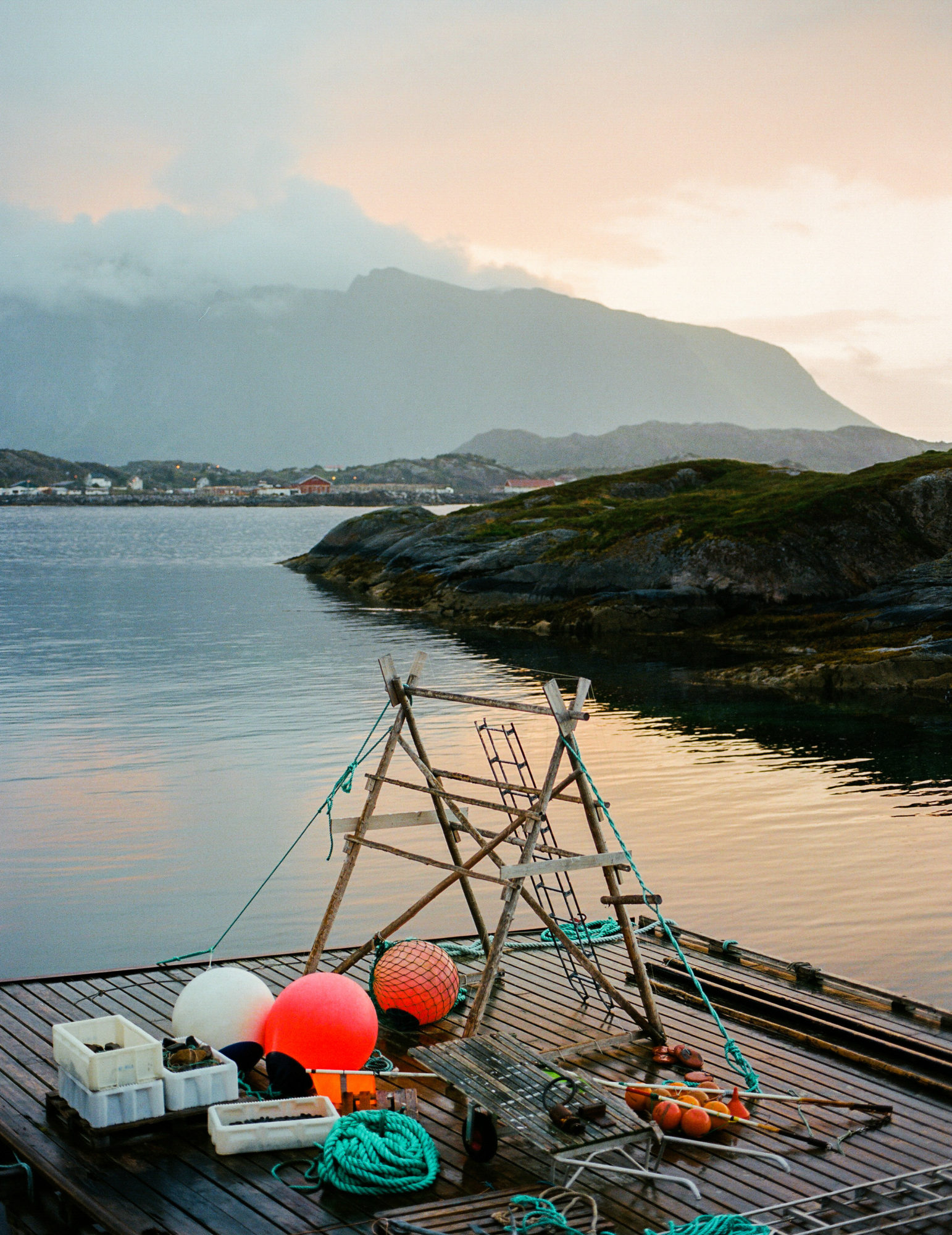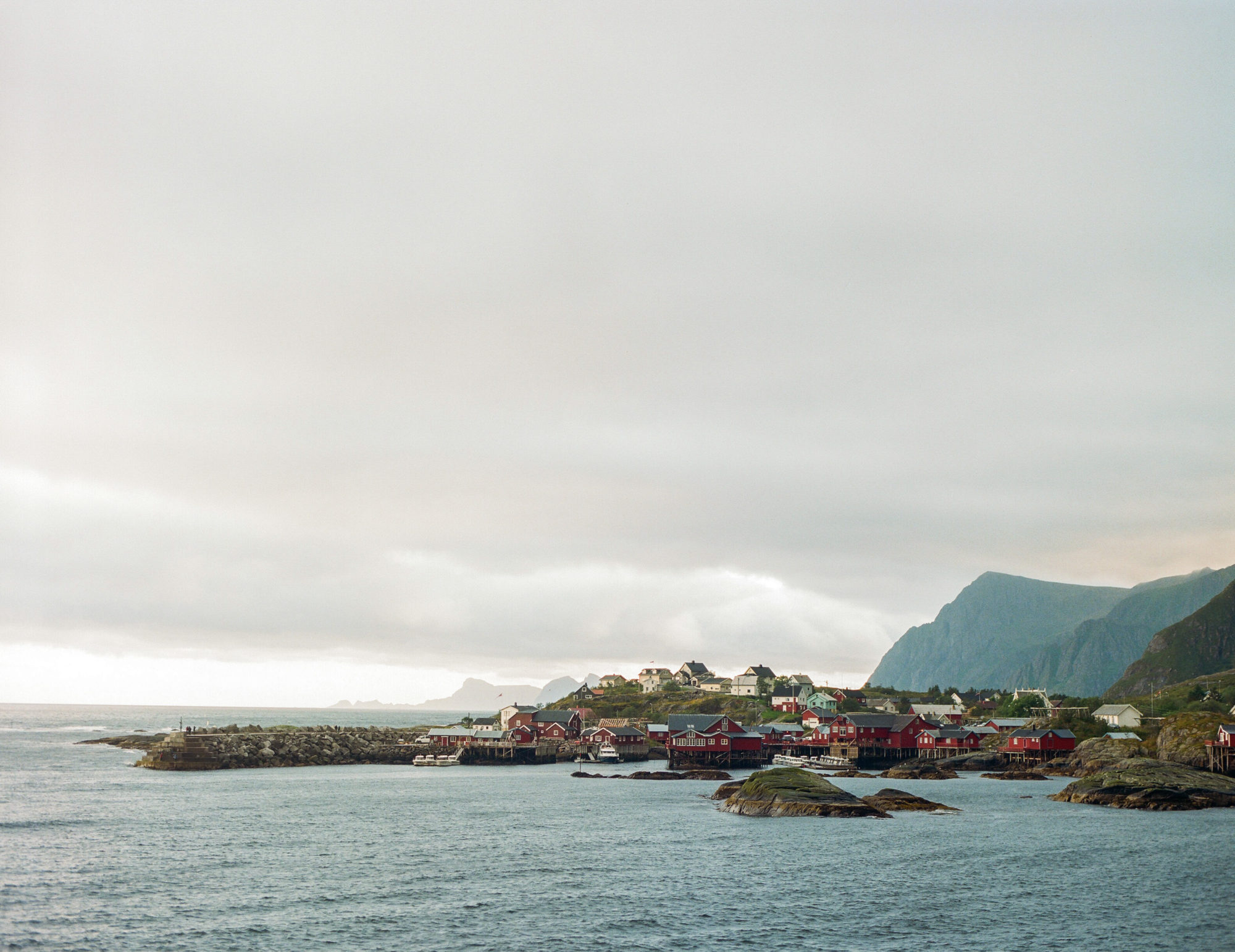An Orthochromatic Autumn
This was the date: 24.10.19. Ilford teased the net with the announcement of a brand new film that was about to be released, and “oh boy”, there was excitement to be had. If there is something the film photography industry is known for it is definitely the lack of good news.
We’ve seen a bit more of activity from Fujifilm this year, perhaps answering to the Kodak’s last year’s moves, although Ilford hasn’t been on the front page for a while, so it was easy for everyone to have high expectations.
Thursday arrived and so did the announcement: (drum roll…) Ortho Plus 80 was born! Hurray!! Hurray, Hurray?
(music stops, confetti is dead on the floor and film photographers are looking at each other like… is this it? are you sure?)
Yes, that’s it. Sorry folks.
Many don’t understand, many just gave up on expectations and many will probably give it a try. From my end, I will give it a try but, to be honest, this is something our “many” don’t really feel like even using. In the years I been head of the lab, I feel that the future of film photography runs in a very different direction (spoiler alert: young people).
With all due respect to the many professionals that worked behind Ilford Ortho Plus 80, this is not something that I feel is making film photography move much further from where it was yesterday, and that’s a real pity.
Okay, our expectations might have been too high, perhaps a 1600 ISO with an improved grain control on 35mm? A faster C41 based B&W film? XP3? Of course I’m no even mentioning color film, that’s like asking a pony for christmas (spoiler alert 2: color film is such an incredibly difficult thing to manufacture, not even talking about the R&D, it is very unlikely that anyone can go into that venture other than Kodak, Fujifilm or Elon Musk). We believed Ilford could perhaps turn water into wine, but I’m afraid we ended up with bitter kas.
*These are the only official sample images we have so far from Ortho Pan 80 in 120 film, shot by Matt ParryA bit of perspective
I have to admit, often we get drown in our own bathtubs. We believe the whole world is made of those like us or near us, but more often than not it is otherwise. It is clear that film photography is living the second youth (and it will probably stay forever young) by making its cut into many people’s lifes again, specially in those who are not even professional photographers.
At the moment I’m writing this, Kodak is running short of stock because both an unexpected high demand plus a very conservative production set to sell out (remember chapter 11?). Also, they’ve reported hollywood is producing more and more films in actual film and this creates a shortedge in raw materials that affects everyone.
While, at the same time, we see many professional film photographers shifting into digital or a hybrid workflow, it’s not hard to deduce that what we actually see as a lab might be only the tip of the film iceberg of the XXIst century. I think it is important to take that into account if you are reading this.
So, what is an orthochromatic film?
Long story short, orthochromatic films are those not sensitive to light beyond the yellow specturm (basically oranges and reds, aka skin tones).
This is nothing new, in fact is something pretty old. There is one reason why 99% of B&W films are Panchromatic nowadays and it’s because they are simply better at rendering the world the way we see it. Back in the day there was a huge leap forward in film technology and companies made sure you were well aware of it. Think about all the P’s and Pan’s you see around: Fomapan, FP4, XP2, HP5, Pan F 50, Ilfopan, Tri-X Pan, 125PX, Technical Pan, etc… this is something that of course lost its commercial value when all films became panchromatic and that’s why Delta films or TMax or TriX don’t even care to mention it anymore, panchromatic quickly became the new black for black & white photography.
So, is orthpanchromatic film more sensitive to blue light? Big fat NOPE. Basically ortho films are less (or not at all) sensitive to red light, still wondering why they all have such low ISO values? Well there you have it, they need much more light to render anything because they ignore a big part of the light spectrum. On the graph above it’s clearly seen, note that “Silver Halide Emulsion” would reprersent the Wet Plate Collodion spectrum.
Digging a bit online you can find many interesting old school examples too.
So wait, is Ilford releasing a “handicaped emuslion” then? (I don’t think we even need the drum roll this time)
Ilford, I love you, but… Yes, it is.
And please don’t get me wrong, I am NOT suggesting that the world does not need another orthochromatic film. The more films the better, that is off the table.
However… is another orthochromatic film what film photography needs in 2019?
Not really sure about that.
Why orthochromatic then?
I’m not gonna make it extra long and click-bait-ish-y.
Why? Acros 100. Straight up.
It is no coincidence neither the year nor the season of the announcement matches the soon to be re-released Acros date.
This spring Fuji came around summoning Acros 100 from the dead after rising 30% of the pricing on all their film line up in February; a slap and a cuddle in a very short period of time.
Perhaps we could start by asking ourselves, why Acros 100 and not Neopan? In my opinion because it was the only orthopanchromatic available in the late years and it was the last film Fujifilm discontinued, two major advantages in my opinion that make it paved the ground for Acros to come back to life.
And now, Ilford comes into play with an true orthochromatic emulsion in a very like “who’s your dady” to B&W film shooters and we are all wtf. Let me clarify that when I mean “we all” I mean people I know and photographers that usually use film labs, which are often not hardcore B&W photographers by the way, I feel that is an important detail too.
Personally, this leads me to the question of how big the film photography market really is? Because I’m completely unaware of the demand for this kind of films and leads me to thinking that this is basically a move to stand up against Fujifilm.
I really really really would love to think there is an incredible amount of demand for ortho film and that’s why it’s being released, because the film photography world is already small enough to be kicking each other in the shinbone under the table.
“THE LIGHTHOUSE” FILM
When doing some research about Orthochromatic film I found this interview in Kodak’s main website where the DP of the movie “The Lighthouse” talks about how they wanted this orthochromatic look from the very first days of film but since it’s not made anymore, the closest thing was Double-X with a Cyan filter on it.
This is a movie that is about to be released this October too and it might all be a beautiful coincidence. I think having a look at it you can also get an idea of what Ortho film will probably look like when it gets into our hands. I strongly recommend you to check the trailer:
What’s next?
What’s next, I believe, is that everyone who stocks Ilford films at their shops will order Ortho Plus 80 and see how it’s being sold, I honestly hope it does but my hand is not going into the fire for it.
What I wish happens next, for the sake of film photography, is that Fujifilm puts some skin on the table, and if there is beef, let’s have it. I hope Fujifilm brings back Neopan 1600 or something in the 400-800 ISO range and is able to get photographers excited again to bring film into new places. What a spring that would be…
Dreaming is still cheap. High speed C41 based B&W film?
NOTE: Let’s be honest, new color negative films are nowhere near to be born. 4 out of 5 films that have been newly relesed in the latest years have been black & white (and the 1 left is E6), so by now let’s focus our daydreaming into B&W emulsions. PMax3200 in 120?
I strongly believe film photography, specially color film photography, is something that we often take for granted, and honestly, we shouldn’t. Specially nowadays when it feels that any graduated student with a laptop and some code can create anything we want, for free and with an app. Being aware of the arduous complexity that takes place for color film to exist it is something necessary I believe. At least if you love film photography enough to be reading this.
It’s a Wrap
Am I excited about Ilford news? Yes.
Was this something I was expecting as someone who sees thousands of rolls being processed every month? I am afraid not.
Again, I really really hope that I will be eating my own words for supper soon, but right now I feel I should put them out there hoping that someone will care enough to read this and proof me wrong when this, strange and unexpected, orthochromatic autumn has passed.
Head of the lab since 2013 and currently managing the team, developing new projects and trying to bound the international film photography community. These are only my personal thoughts, you may or may not find them relevant, I believe there is nothing healthier than a good debate 🙂
– Albert Roig, Manager at the Lab












